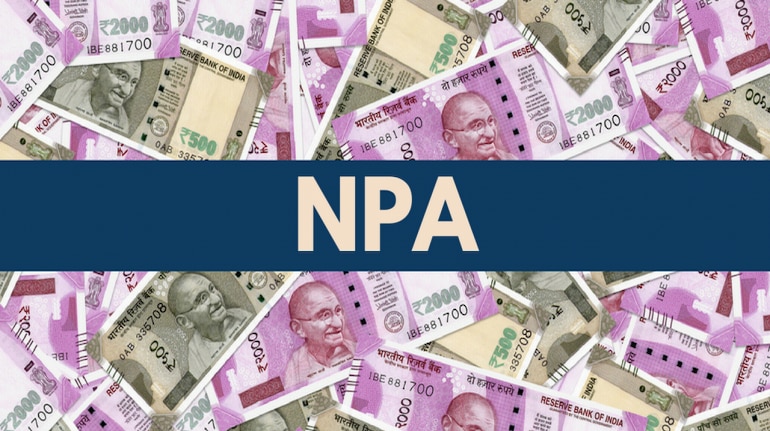



Ten years is a long time, but it seems just the other day when the global financial crisis (GFC) was upon us. The flood of deposits that descended on the State Bank of India (SBI) prompted the then chairman to come up with a new name for the bank: The Safe Bank of India. A colleague told us how the previous night he had called his son who worked for Citibank in the United States with the greeting, “welcome to the public sector, son”.
A lot of water has flown down the Ganges since then and now is a good time to look back and reflect on some questions. Like for instance, did the GFC also sow the seeds of India’s current banking crisis?
Some effects are clear. Banking systems in India and the world evolved in the wake of the crisis. The renewed focus and emphasis on capital was definitely a result of the crisis. There was also an increase in emphasis on risk management.
I remember touring across India during the early days of my chairmanship (late 2013). When interacting with young officers, I would often ask them what were the major issues confronting them. The most frequent answers were customer service or non-performing assets. Rarely did anyone mention capital.
Yet, capital could actually make or break any business, including that of a bank. The revised Basel-III norms, in the wake of the crisis as well as the more stringent recognition norms flowing from the need to stress test banks’ balance sheets and the need to restore confidence in the system, all underline the need for capital.
Most banks responded by initiating several steps for capital preservation and capital conservation as well as by creating awareness among their stakeholders. Various measures to raise capital or release it from investments were put in place. Banks instituted measures to ensure minimisation of capital wastage. In the case of the SBI, the bank also revamped its business budget exercise by basing it not on the top line or bottom line, but on return on capital. The GFC expedited these measures.
As for risk management, it’s not as if banks were not doing this earlier, but it was more of a static, and passive, activity. In the Indian system, risk was not centrestage but akin to platform functions. It was only post the GFC that banks began to emphasise on dynamic risk ratings so as to red flag accounts much before the stress led to worsening asset quality.
For the first time in SBI’s history, a wholetime executive director on the board was put in charge of risk. It was also necessary to cascade the activity through every strata of the organisation. While banks undertook massive training exercises to raise risk consciousness among their employees, it was equally important to incorporate sufficient technology and processes as, without these, no amount of human intervention could produce the desired results.
But the focus on risk and capital took its time to be implemented thoroughly. The Basel-III norms were laid out in India only in 2012 after the Bank for International Settlements (BIS) introduced its comprehensive version in December 2010. Implementation was required to be done between 2013 and 2019. By that time, the era of easy liquidity that followed in the immediate aftermath of the GFC and other easy policies took their toll.
Let us rewind a bit. In 2008, Indian banks had very little exposure to the pool of US toxic assets or derivatives based on them such as the mortgage-backed securities. However, the drying up of liquidity across the globe and the massive loss of confidence in banks and markets didn't spare India.
The government, regulators and banks all undertook several steps to restore both liquidity and confidence in the markets. Forbearance was granted to small industries. The government launched a massive drive to build infrastructure and India started its experiment with public-private partnerships (PPP) at a large scale. There was also a sense of euphoria at having avoided the worst of the crisis. Both led to rising business confidence and tremendous capacity expansion.
In hindsight, it would appear that there was misallocation of risk which was not understood or appreciated by stakeholders. Bankers needed more expertise to assess projects; assumptions of a very rosy nature were accepted. Animal spirits led promoters to launch projects far above their bandwidth both in terms of financial and managerial capacity.
These mistakes contributed substantially in impacting asset quality. This is not to say that these were the only causes, but they definitely contributed to the rise of stress in the system. Similarly, certain other measures which induced liquidity in the system such as the pan-India debt waiver also played their part in pushing up inflation and slowing down growth in the economy.
Having said that, would India still have faced the current crisis had there been no GFC? Probably yes. But the crisis created a conducive environment by way of easy policies and abundant liquidity. The lesson from all this is never to waste a crisis.
As banks regroup and marshal their forces to take on the emerging challenges of competition, technology evolution, and progressively tightening regulations, we cannot afford to forget the lessons of the crisis: that one can never take one’s eyes off the ball, that risk is an ever-changing challenge and that ‘topline is vanity, bottom line is sanity, but liquidity is reality’ .
(The writer is a former chairman of State Bank of India. Views are personal)Discover the latest Business News, Sensex, and Nifty updates. Obtain Personal Finance insights, tax queries, and expert opinions on Moneycontrol or download the Moneycontrol App to stay updated!
Find the best of Al News in one place, specially curated for you every weekend.
Stay on top of the latest tech trends and biggest startup news.